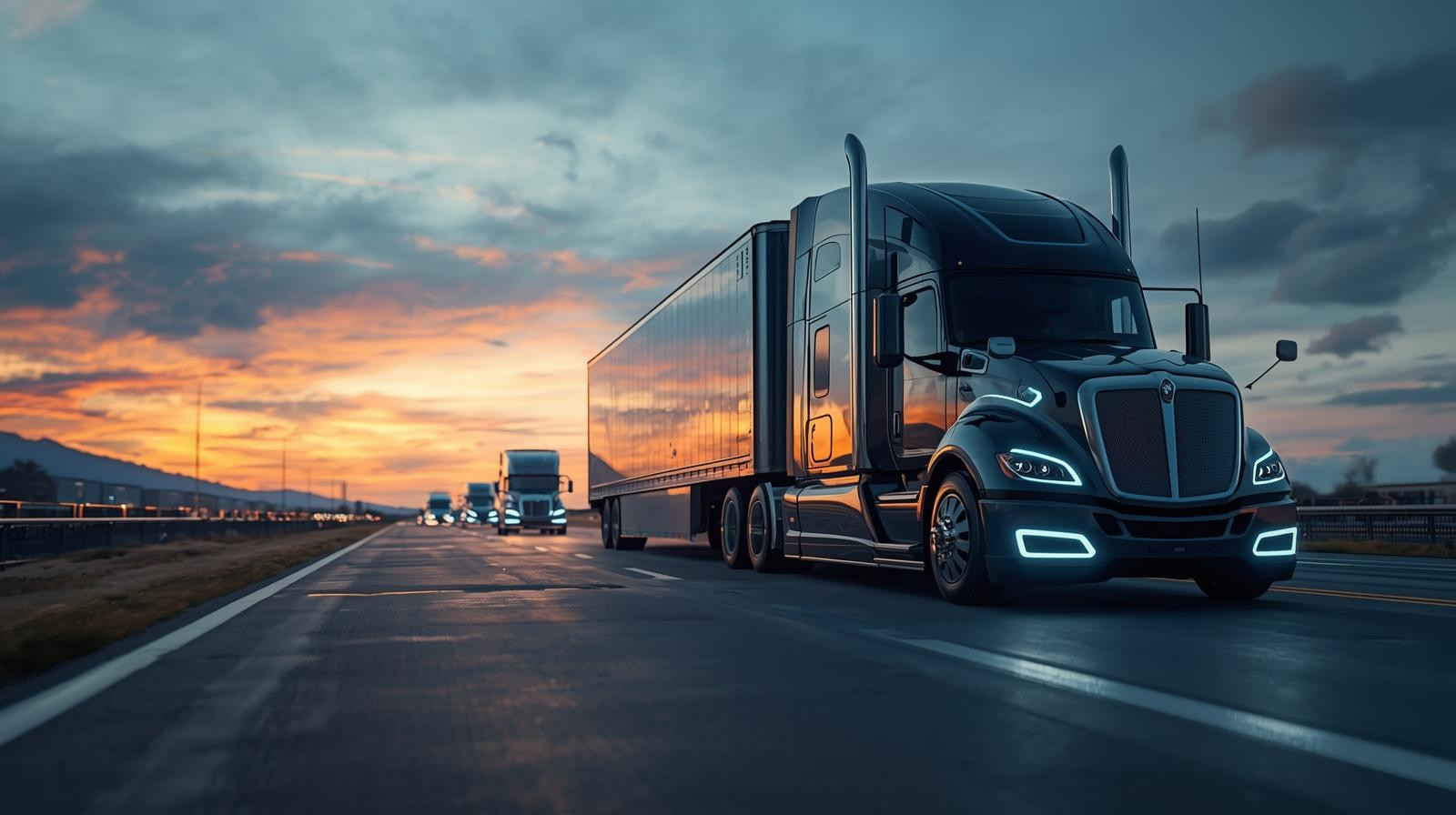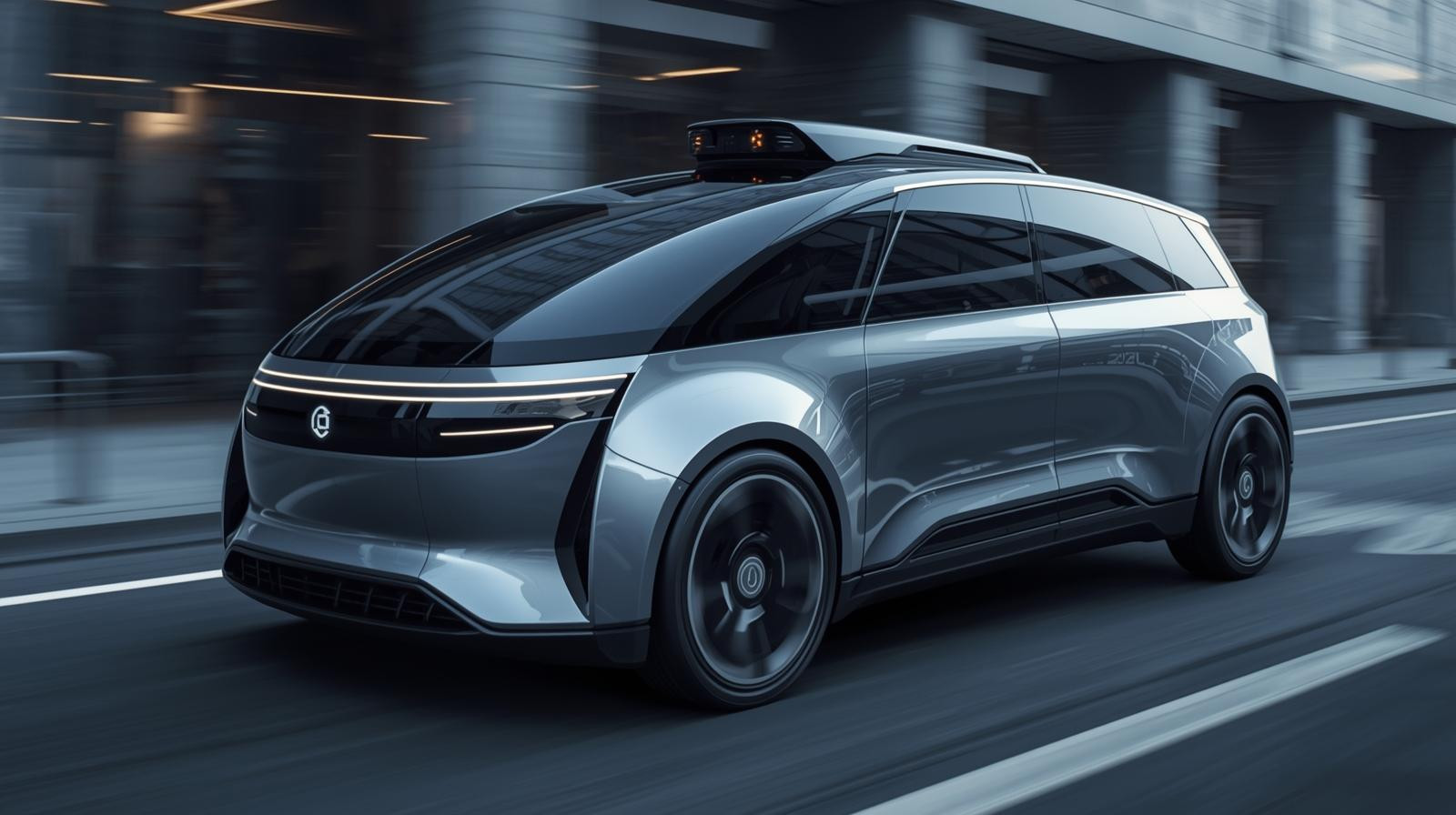Imagine this: It’s a sunny afternoon in Austin, Texas, and you’re sipping an iced coffee in the back of a sleek, driverless Uber Waymo robotaxi. No driver, no small talk—just you, your playlist, and an AI smoothly navigating rush-hour traffic. Meanwhile, across Nevada’s highways, a self-driving freight truck hauls goods without a human at the wheel, delivering on time and slashing costs. This isn’t a sci-fi flick—it’s 2025, and autonomous vehicles (AVs) are hitting the mainstream at breakneck speed.

Why now? AVs are no longer a futuristic dream but a solution to real-world problems: a global shortage of over 3 million truck drivers, skyrocketing e-commerce demands, and transportation’s hefty 20% slice of global emissions. With companies like Waymo powering 20% of Uber rides in select cities and self-driving buses rolling through Singapore, the AV revolution is here—and it’s transforming how we move. In this post, we’ll unpack the tech driving this boom, why 2025 is the tipping point, and what’s coming next. Buckle up (or don’t—your AV’s got this)!
The Tech Powering the AV Boom
At the heart of every autonomous vehicle is cutting-edge AI, making split-second decisions that humans can’t match. Picture neural networks crunching data from cameras, lidar, and radar to predict traffic patterns, dodge obstacles, and optimize routes in real time. Waymo’s 5th-generation system, for instance, can handle complex urban environments with 99.9% reliability, while Tesla’s Full Self-Driving (FSD) v12.5 pushes the envelope with end-to-end AI driving. These aren’t just cars—they’re supercomputers on wheels.
But AVs go beyond passenger rides. Self-driving trucks, like those from Aurora Innovation, are hauling freight along Texas’ I-10 corridor, cutting delivery times by 20%. In Singapore, driverless buses serve 10,000 weekly riders, weaving through dense city streets with precision. McKinsey projects AVs will hit 10–15% market penetration by 2026, up from just 2% in 2020. The tech is maturing fast, and it’s not just about convenience—it’s about reshaping entire industries.

Show a timeline: 2020 (Waymo launches robotaxis), 2023 (Tesla FSD v12), 2025 (20% Uber rides autonomous), 2026 (15% market share). Want us to generate this visual? Let us know!
Why 2025 Is the Tipping Point
So, why are AVs exploding now? It’s a perfect storm of economics, sustainability, and policy. First, the global driver shortage—over 3 million unfilled trucking jobs—has logistics companies desperate. AV trucks can run 24/7, slashing costs by 30–40% and keeping e-commerce giants like Amazon on schedule. Second, sustainability is non-negotiable. AVs optimize routes, cutting fuel use by up to 15% and supporting global net-zero goals, as transportation accounts for a fifth of emissions.
Governments are also stepping up. The U.S.’s 2024 infrastructure bill earmarks billions for AV-ready roads, while the EU’s smart-city initiatives fund 5G networks critical for driverless fleets. Take Singapore: Its driverless bus program, now serving five cities, logs fewer accidents than human-driven buses and is set to scale nationwide by Q4 2025. These wins aren’t just tech demos—they’re proof AVs are ready for prime time.
- 30–40% cost savings in logistics with AV trucks
- 15% emissions reduction through optimized routing
- 50% fewer accidents in AV pilot zones
What’s Next for AVs?
The road ahead is thrilling, but it’s not all smooth. Scaling AVs means tackling cybersecurity risks, ethical dilemmas (who does an AV “save” in a crash?), and infrastructure gaps. In Part 2, we’ll dive into these challenges and paint a picture of what cities could look like by 2030—think congestion-free streets and robotaxi hubs. For now, the question is: Would you trust a robotaxi for your daily commute? Drop your thoughts in the comments below!
Share this post with a friend who’d geek out over a robotaxi ride, and subscribe to catch Part 2, where we explore the hurdles and dreams of the AV revolution. Tag us on X with #AVFuture to join the convo!